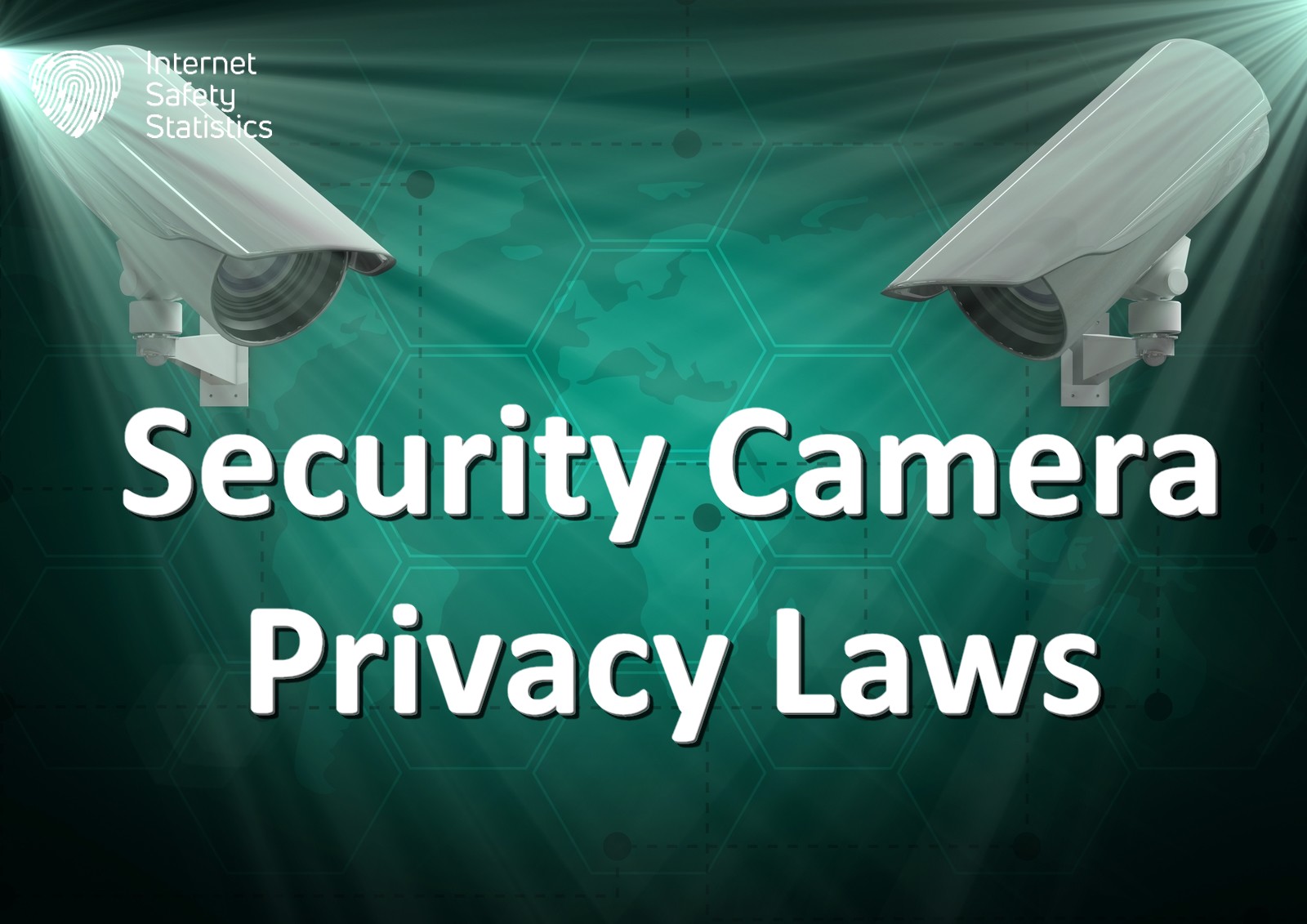In January 2021, one out of every five companies utilized surveillance cameras to monitor employees at work. This practice raises complex questions about privacy rights versus safety and security. In this blog post, we’ll discuss the ethical, legal, and practical aspects of finding balance.
The Ethical Dilemma of Workplace Surveillance
Remote monitoring technologies offer unparalleled oversight of workers, utilizing tools like geolocation tracking, biometric data collection, productivity monitoring software, and, notably, video surveillance. These capabilities present numerous benefits, including efficiency gains, loss prevention, real-time support, and enhanced security. However, this pervasive tracking poses a significant threat to personal privacy, autonomy, and trust within organizations.
Studies have indicated that employees under surveillance experience increased stress and anxiety. Additionally, they have increased perceptions of unfairness. In 2022, a study discovered that surveillance cameras alone caused retail workers’ resting heart rate to increase by 2%. Such health impacts compound existing workplace pressures. Workers have said they feel dehumanized and lack privacy due to constant observation. They mention being watched in bathrooms and while pumping breast milk.
10 Tips for Building an Effective Website for Your Business
Excessive monitoring raises ethical concerns regarding data privacy and consent. Furthermore, it instigates concerns about function creep among workers. Surveillance tools like facial recognition and predictive modeling are now used. Workers can use data collected for one purpose for unintended purposes without knowing or having control. Flawed analytics algorithms also risk introducing biases and unfair outcomes.
Organizations need to consider if tracking is worth the negative impact on workers and culture. Technology advances faster than accompanying regulation, particularly in surveillance. Legal compliance alone fails to account for surveillance’s ethical externalities. Consideration should be given to more limited and ethical alternatives to broad monitoring policies.
Legal Restrictions on Workplace Surveillance
To protect civil liberties, there are laws that limit electronic workplace surveillance by the government and state. Key regulations include:
The ECPA, a law from 1986, stops people from listening in on electronic messages without permission. An amendment called the Stored Communications Act provides protections. It extends these protections to emails and cloud-stored files.
– Privacy, geolocation, and biometric laws mandate employee consent. This is for location tracking, video recording, and the collection of biological markers such as fingerprints.
– Laws requiring notification of surveillance practices through posted signs or policies.
If organizations don’t follow the rules, they can get sued or fined for invading privacy.
Surveillance Analytics and Ethical Frameworks
Emerging surveillance analytics (SA) tools are driven by AI, facial recognition, and predictive modeling. These enable deeper insights from security footage and other monitoring data. Yet, these technologies create new ethical concerns. These include profiling, discrimination, data breaches, and invasion of privacy.
Organizations can address these issues. They can do so by using a structured ethical decision process called the SPED guide. SPED recommends evaluating surveillance practices. It suggests doing so through established ethical frameworks of Consequence, Duty, or Virtue. Key questions could include:
– Does this surveillance produce more societal good than harm (Consequence)?
– Does it align with societal duties, contracts, or other obligations (Duty)?
– Does it prove traits like care, empathy, and respect (Virtue)?
The Duty framework evaluates alignment with formal obligations and contracts. Questions here assess whether practices meet explicit safety regulations, union agreements, vendor contracts, and internal policies. Compliance with surveillance across these formal duties could be considered necessary.

Finally, the Virtue framework examines traits like care, dignity, empathy, and respect. Sample questions include: Is this surveillance measure considerate of employee needs? Does it uphold autonomy and work-life boundaries? Does it foster trust and psychological safety? Surveillance aligning with these virtuous traits may deserve implementation.
Leaders can consult employees themselves to collect perspectives on whether surveillance feels excessive or intrusive. Anonymous surveys allow candid input without fear of retaliation. The SPED guide recommends revisiting assessments annually as technologies and best practices evolve.
No framework perfectly reconciles the tensions between oversight and privacy. Structured ethical analyses based on consequences, duties, and virtues provide valuable guidance. They provide grounding to ensure surveillance decisions balance multifaceted priorities. Appropriate transparency and consent further legitimize measures deemed necessary and ethical by deliberative review.
Practical Steps for Balancing Workplace Monitoring
Employers can use workplace monitoring by taking these steps, instead of an all-or-nothing approach.
Conduct Thorough Surveillance Audits
– Document all existing surveillance measures and technologies
– Identify what data gets collected, stored, or analyzed
– Classify compliance gaps relative to regulations
– Flag functionality exceeding legitimate business requirements
Adopt Targeted Monitoring Policies
– Restrict continuous monitoring to high-risk zones like warehouses or manufacturing floors
– For low-to-medium risk areas, use spot checks or scheduled oversight
– Prohibit unreasonable surveillance like video in bathrooms or pumping rooms
Honor Consent Requirements
– Secure opt-in agreements where mandated by state/federal law
– Allow employee’s voice in determining what gets monitored
Provide Advance Notification
– Train employees on what, how, and why monitoring occurs
– Post visible workplace policies on surveillance practices
Review Data Privacy Controls
– Restrict access to surveillance data on a need-to-know basis
– Establish protocols for timely data deletion
– Audit for compliance with data governance policies
Institute Appeal Mechanisms
Please establish a set of rules for reporting complaints about negative actions linked to data monitoring.
– Prohibit retaliation against employees by lodging appeals
Revisit and Revise
– Establish periodic reviews to assess whether surveillance policies remain ethical, legal, and mission-critical.
– Ask for anonymous feedback from employees
– Adjust practices
Employers can show they care about safety and efficiency while respecting employee privacy and rights. Upholding organizational values of dignity, justice, and transparency is imperfect. Yet, it fosters cultures of trust. These cultures are resilient enough to weather even the most difficult decisions around surveillance.
FAQs
What are the legal implications of workplace surveillance?
Key federal statutes, like the Electronic Communications Privacy Act, address monitoring by imposing consent requirements. The Stored Communications Act also mandates consent for specific types of monitoring. Employers must familiarize themselves with state regulations. Additionally, they should understand federal regulations to avoid litigation or fines over privacy violations.
How does workplace surveillance affect employee privacy rights?
Pervasive tracking occurs through methods like video recording, geolocation, and biometric scans. Additionally, productivity monitoring software poses threats to basic privacies. While technology continues advancing surveillance capabilities, laws lag behind in balancing these powers with civil liberties. Employers should account for this disparity.
What steps can employers take to ensure ethical surveillance practices?
Proactive auditing, tailored monitoring policies, consent requirements, and advanced notification demonstrate an employer’s commitment. Additionally, data governance and appeal mechanisms show their dedication to juggling safety with core privacies. No solution can fully resolve these tensions, but ongoing dialogue and transparency create an organizational culture conducive to well-founded trust.
Conclusion
Surveillance technology will continue to advance, providing employers with even greater visibility into the workplace. But rather than wield these powers, ethical leaders understand that trust also demands restraint. By respecting essential employee rights amid necessary oversight, organizations can strive to strike that delicate balance between privacy and safety. Employees have expressed a willingness to accept monitoring considered crucial for operations or security.





